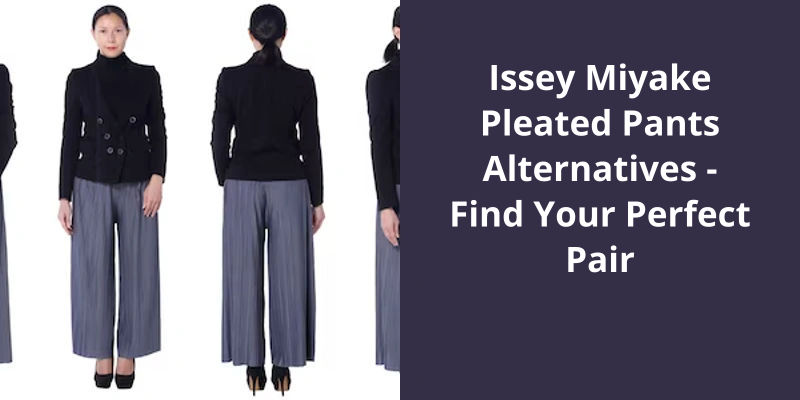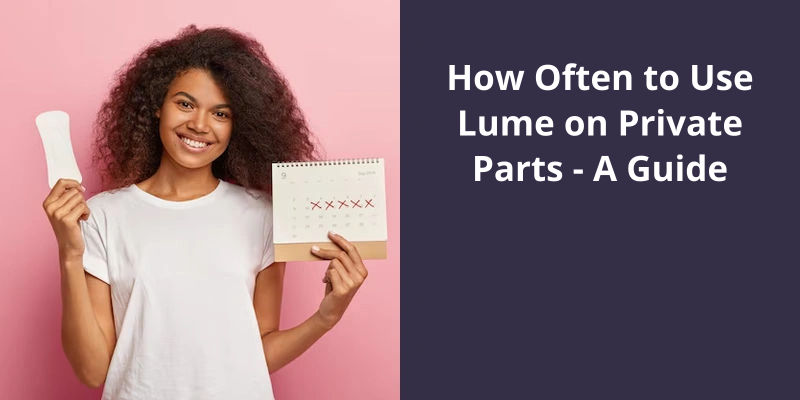Yes, anyone can use a Kohl. It’s a versatile makeup item that is suitable for all genders and ages. Kohl, traditionally used in Middle Eastern and South Asian cultures, is now globally recognized for its ability to enhance the eyes. While it’s used mostly for cosmetic purposes today, it also traditionally holds medicinal properties, protecting the eyes from diseases. The ease of use and the dramatic effects it provides make Kohl a favorite among makeup enthusiasts. Despite this, people with sensitive eyes need to ensure they use Kohl that is free from harmful additives to avoid eye irritation.

Who Can Wear Kohl?
Kohl is a versatile cosmetic that’s been used by many cultures for centuries. It’s typically associated with women, but men and children can also wear it. A number of trade secrets are involved in preparing the unique kohl mixtures that are used in different countries and traditions.
In Nigeria, for example, kohl is believed to have healing properties and is often applied to the eyes of newborn babies. It may also be used by both men and women as a form of tribal identification.
Kohl is also popular in some Asian cultures, such as India, where it’s known as kajal. Kajal is worn by women of all ages and is believed to help strengthen the eyes and improve vision. The preparation of kajal may involve a combination of ingredients such as ghee, almond oil, and carbon black.
It’s often sold as a liner pencil or powder. While the traditional methods of preparing kohl aren’t often used, many makeup brands offer kohl products that are free from harmful chemicals and can be used on sensitive eyes.
The Potential Benefits and Risks of Using Kohl on Your Eyes
- Benefits of using kohl on your eyes:
- It can protect your eyes from the sun’s glare and dust particles.
- It’s believed to have medicinal properties that can soothe eye infections and improve vision.
- It’s been used for centuries in cultural traditions as a form of adornment and beauty.
- Risks of using kohl on your eyes:
- It can contain harmful substances such as lead, which can lead to eye damage and other health problems.
- It can also cause irritation, inflammation, and infections if not applied correctly.
- It’s important to use high-quality kohl and apply it in moderation to minimize these risks.
As with many traditional practices, the concern arises when modern manufacturing methods and materials come into play. The use of lead in some kohl products can pose a risk to health, leading some to question whether it’s truly safe to continue the practice. However, there are alternatives available that allow for the benefits of kohl without the potential dangers.
Is Traditional Kohl Safe?
For centuries, traditional kohl has played a significant role in enhancing the beauty of the eyes and has been a staple in many ancient cultures. Kohl is a type of eyeliner that often comes in dark shades of black and is applied to both the upper and lower eyelids. It’s a highly desired cosmetic because it makes the eyes look bigger and brighter, which enhances the overall beauty of the face. However, with the advent of modern technology, kohl is made using different materials, including the use of lead. This has led to concerns about the safety of kohl.
One of the main concerns about modern kohl is that it contains lead, which is a poisonous heavy metal. Lead poisoning can cause severe health problems, including abdominal pain, reproductive issues, and even damage to the brain and central nervous system. Lead in kohl can also be inhaled, which can result in long-term health issues, especially in children. This is why it’s important to use kohl that’s made from safe and non-toxic materials.
It may also be noted that the use of kohl on children isn’t recommended as it may have adverse effects on their health. This is because childrens eyes are more sensitive than adults eyes, and so exposure to lead is more harmful to them.
Traditional kohl is safe and offers numerous health benefits. In short, wearing safe and traditional kohl is sunnah, and using unsafe and modern kohl goes against it.
The Origin and History of Traditional Kohl Usage in Different Cultures.
- Egypt: Kohl has been used in ancient Egypt for both cosmetic and medical purposes. It was believed to have protective properties and was used as a barrier against eye infections and the evil eye.
- Middle East: Kohl is a popular eye makeup in the Middle East, particularly in Iran and Saudi Arabia. It’s mostly used by women but men also occasionally use it for medicinal purposes.
- South Asia: Kohl is known as kajal or surma in South Asia and is used by both men and women as a traditional eye liner. It’s believed to have a cooling effect and was used to protect the eyes from the sun’s glare.
- Africa: Kohl has been used in various African cultures for centuries and is known as kohl, kajal, or mshangao. It’s both cosmetic and medicinal purposes and is used by both men and women.
- Europe: Kohl was used in ancient Greece and Rome but lost popularity during the Middle Ages. It regained popularity during the Renaissance and was used as an eye cosmetic by women.
In the world of makeup, there are various types of eyeliners available to choose from. One that many people are curious about is kohl eyeliner. There are some distinct differences between kohl and other eyeliners that make it a unique choice for those looking to achieve a certain type of look.
How Is Kohl Different From Eyeliner?
Another major difference between kohl and other eyeliners is that kohl has a long history dating back to ancient Egypt where kohl was used by both men and women to enhance their eyes. Kohl has a traditional and cultural significance, especially in Middle Eastern and South Asian cultures. In these cultures, kohl is considered to have medicinal and protective properties. Kohl is believed to have soothing effects on the eyes, and it’s antimicrobial properties keep the eyes safe from infections.
Kohl is available in a variety of shades ranging from black to brown to grey. For instance, brown kohl can be used to create a subtle daytime look while black kohl can be used to create a bold and dramatic look.
It’s a versatile and safe product that can be used in various ways and is suitable for all types of eyes.
How to Apply Kohl and Achieve the Perfect Look
- Cleanse your face thoroughly
- Keep your eyes open and look straight ahead
- Gently hold your lower eyelid and draw a line on your waterline using the kohl pencil
- Repeat the same step on your upper eyelid, drawing a line as close to the lashline as possible
- Connect the lines at the corner of your eye, making a neat V-shape
- Apply a second coat if desired for a darker and more intense look
- Finish off with mascara to complete the look
The practice of applying kohl to one’s eyes has a long and rich history in several cultures around the world. However, it’s particularly prominent in certain African countries, where women have been utilizing kohl for both cosmetic and practical purposes for centuries. Here, we will explore the fascinating tradition of kohl in Somalia, Djibouti, Ethiopia, and Eritrea, and the many reasons why it’s remained such an integral part of these cultures.
What Culture Apply Kohl to Their Eyes?
The use of kohl or kuul is deeply rooted in the culture of the Horn of Africa, particularly among women. It’s considered an essential aspect of their beauty routine and a symbol of cultural identity. Women often apply kohl to their eyes in intricate designs, making use of traditional tools such as a small spoon or a stick, and following centuries-old techniques that have been passed down from generation to generation.
In Somali culture, kohl is often applied to the eyes of young girls as a rite of passage, signifying their coming of age and readiness for marriage. It’s also believed to ward off evil spirits and protect the wearer from the evil eye. Many Somali women wear kohl on a daily basis, whether they’re going to work, running errands, or attending social events. It’s an integral part of their daily lives and reflects their pride in their cultural heritage.
Similarly, in Djibouti, Ethiopia, and Eritrea, women have been using kohl for centuries to enhance their beauty and protect their eyes from the harsh desert sun. The unique properties of kohl, such as it’s anti-inflammatory and antiseptic qualities, make it an ideal cosmetic and medicinal product. Some women also believe that kohl can improve vision and reduce eye strain, making it a popular choice for those who spend long hours outdoors.
Despite the popularity of kohl in these cultures, it’s use has faced criticism in some quarters. Some have raised concerns about the safety of kohl, as it can contain high levels of lead and other harmful substances. As a result, some governments have taken steps to regulate the use and sale of kohl, to ensure that it meets certain safety standards. However, for many women, kohl remains an important and cherished aspect of their cultural heritage, and they continue to use it to this day.
It’s use dates back centuries, and it’s considered an essential aspect of their daily beauty routine. Through it’s use, they’re able to connect with their ancestors and honor the traditions and customs of their people.
Conclusion
In conclusion, the use of kohl isn’t limited to any specific gender or age group. It’s a cultural and traditional practice that’s been passed down for generations and is prevalent in many Islamic societies. Kohl holds significant religious and cultural importance, and it’s application carries a symbolic meaning that reflects one's connection to their faith and culture. The acceptance of kohl in modern society has also brought about a greater understanding and appreciation of the diverse cultural practices of different communities, helping to promote harmony and understanding among people with different backgrounds and beliefs.





